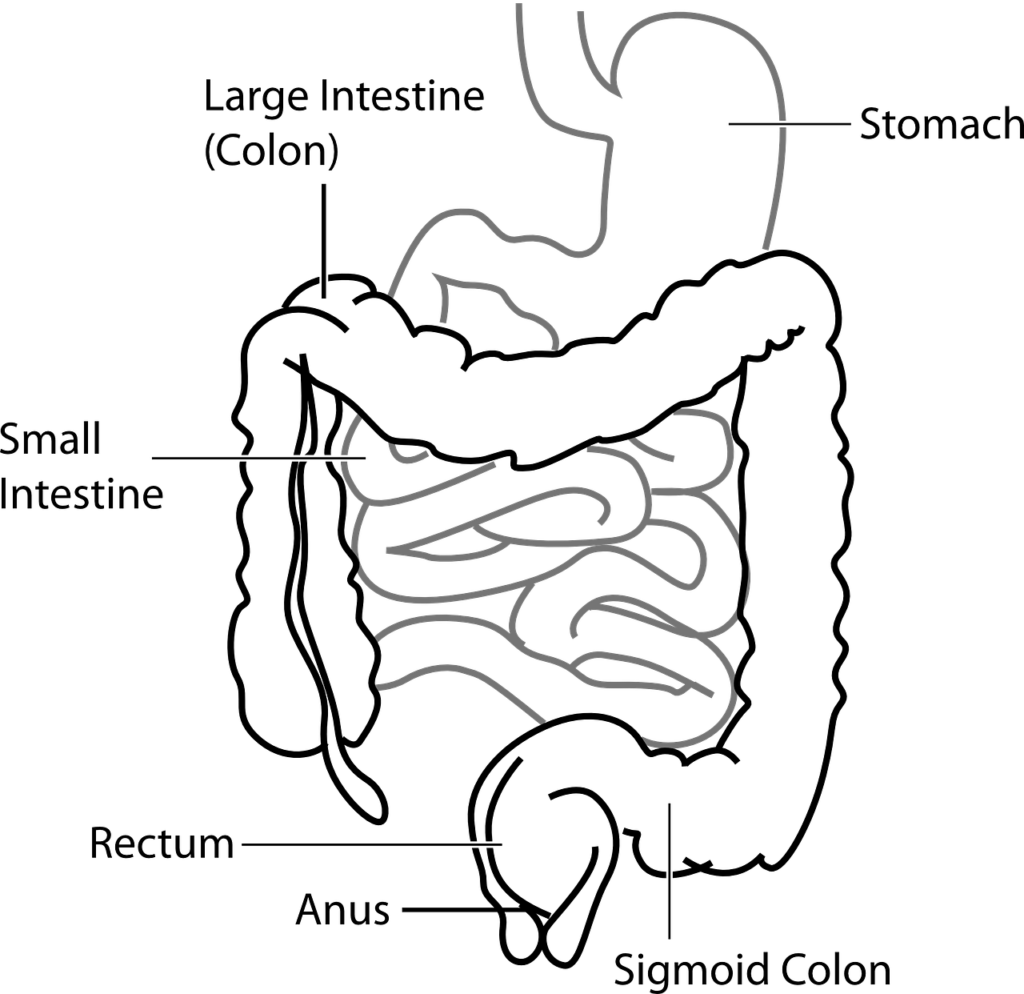
The ketogenic or “keto” diet, which involves consuming very low amounts of carbohydrates and high amounts of fats, has been gaining popularity. However, a new study presented at the American College of Cardiology’s Annual Scientific Session Together With the World Congress of Cardiology suggests that a “keto-like” diet may be associated with higher blood levels of “bad” cholesterol and a twofold heightened risk of cardiovascular events such as chest pain (angina), blocked arteries requiring stenting, heart attacks and strokes.
“Our study found that regular consumption of a self-reported diet low in carbohydrates and high in fat was associated with increased levels of LDL cholesterol— or “bad” cholesterol—and a higher risk of heart disease,” said Iulia Iatan, MD, PhD, attending physician-scientist at the Healthy Heart Program Prevention Clinic, St. Paul’s Hospital and University of British Columbia’s Centre for Heart Lung Innovation in Vancouver, Canada, and lead author of the study. “To our knowledge, our study is one of the first to examine the association between this type of dietary pattern and cardiovascular outcomes.”
Carbohydrates are the body’s first “go-to” source for fuel to provide energy for daily life. Low-carbohydrate, high-fat (LCHF) diets, like a keto diet, restrict consumption of carbohydrates (e.g., bread, pasta, rice and other grains, baked goods, potato products such as fries and chips, and high-carbohydrate fruits and vegetables). By depriving the body of carbohydrates, it is forced to start breaking down fat for energy instead. The breakdown of fat in the liver produces ketones, chemicals that the body uses as energy in the absence of carbohydrates—hence the name ketogenic, or “ketone producing.” Proponents of a ketogenic diet generally suggest limiting carbohydrates to 10% of total daily calories, protein to 20% to 30% and obtaining 60% to 80% of daily calories from fat.
Some previous studies have shown that an LCHF diet can lead to elevated levels of LDL cholesterol in some people. While elevated LDL cholesterol is a known risk factor for heart disease (caused by atherosclerosis, a buildup of cholesterol in the coronary arteries), the effects of an LCHF diet on risk for heart disease and stroke have not been well studied, Iatan said.
For this study, Iatan and her colleagues defined an LCHF diet as consisting of no more than 25% of total daily energy or calories from carbohydrates and more than 45% of total daily calories from fat. They dubbed this an LCHF diet and “keto-like” because it is somewhat higher in carbohydrates and lower in fat than a strict ketogenic diet. They defined a “standard diet” as individuals not meeting these criteria and having more balanced eating habits.
The research team analyzed data from the UK Biobank, a large-scale prospective database with health information from over half a million people living in the United Kingdom who were followed for at least 10 years. Upon enrollment in the biobank, 70,684 participants completed a one-time self-reported 24-hour diet questionnaire and, at the same time, had blood drawn to check their levels of cholesterol. The researchers identified 305 participants whose questionnaire responses indicated that their diet during the 24-hour reporting period met the study’s definition of an LCHF. These participants were matched by age and sex with 1,220 individuals who reported eating a standard diet. This resulted in 73% of the participants in each group being women and the group’s average age was 54 years. Those on an LCHF diet had an average body mass index (BMI) of 27.7; those on a standard diet, 26.7. A BMI of 25 to 30 falls within the overweight range.
Compared with participants on a standard diet, those on an LCHF diet had significantly higher levels of both LDL cholesterol and apolipoprotein B (apoB), the protein component that sits on LDL and other atherogenic lipoprotein particles. Previous studies have shown that elevated apoB may be a better predictor than elevated LDL cholesterol for risk of cardiovascular disease, Iatan said. After an average of 11.8 years of follow-up—and after adjustment for other risk factors for heart disease, such as diabetes, high blood pressure, obesity and smoking—people on an LCHF diet had more than two-times higher risk of having several major cardiovascular events, such as blockages in the arteries that needed to be opened with stenting procedures, heart attack, stroke and peripheral arterial disease. In all, 9.8% of participants on an LCHF diet experienced a new cardiac event, compared with 4.3% of those on a standard diet, a doubling of risk for those on an LCHF diet.
“Among the participants on an LCHF diet, we found that those with the highest levels of LDL cholesterol were at the highest risk for a cardiovascular event,” Iatan said. “Our findings suggest that people who are considering going on an LCHF diet should be aware that doing so could lead to an increase in their levels of LDL cholesterol. Before starting this dietary pattern, they should consult a health care provider. While on the diet, it is recommended they have their cholesterol levels monitored and should try to address other risk factors for heart disease or stroke, such as diabetes, high blood pressure, physical inactivity and smoking.”
The study’s findings also suggest that not everyone responds to an LCHF diet in the same way.
“On average, cholesterol levels tend to rise on this diet, but some people’s cholesterol concentrations can stay the same or go down, depending on several underlying factors,” Iatan said. “There are inter-individual differences in how people respond to this dietary pattern that we don’t fully understand yet. One of our next steps will be to try to identify specific characteristics or genetic markers that can predict how someone will respond to this type of diet.”
A limitation of the study is that participants provided dietary information at only one point in time, which should be considered when interpreting the study findings, Iatan said. Moreover, self-reports of food consumption can be inaccurate, though Iatan said this questionnaire has been extensively validated.
Because the study was observational, it can only show an association between the diet and an increased risk for major cardiac events, not a causal relationship. However, Iatan said the findings merit further research in prospectively designed studies, especially when approximately 1 in 5 Americans report being on a low-carb, keto-like or full keto diet.


